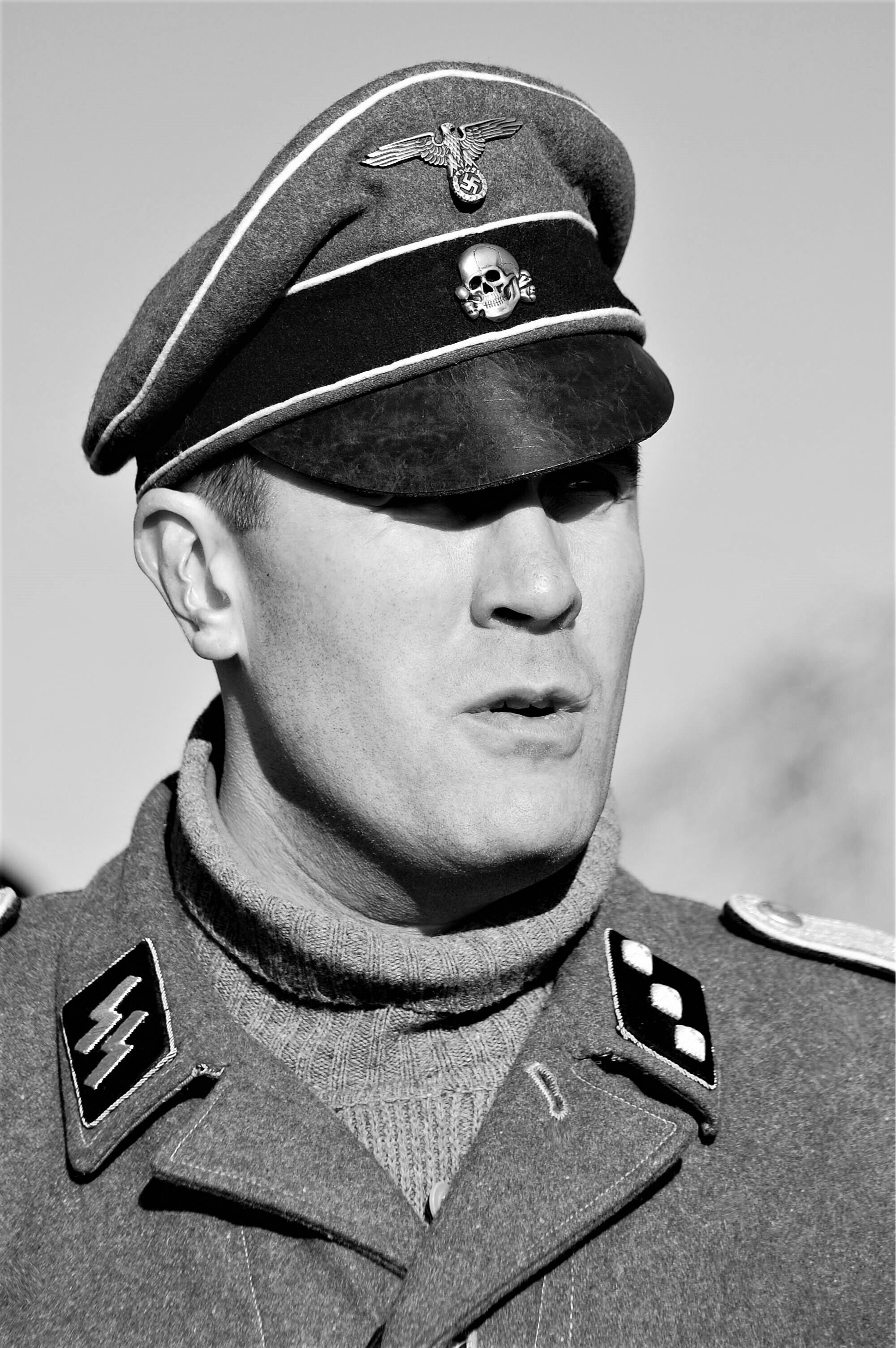Litany of Sorrows … Story overview
Katrina’s profound guilt and sorrow pain her heart deeply. Impetuous decisions made years ago, before and during WWII, haunt her. Now it’s 1951, and she desperately needs to find her son, who she gave up for adoption as an infant.
The story flashes back to Christmas week 1912 when Otto von Richter meets Valentina DiBotticino at a ski lodge in the Italian Alps. Otto, who works in a factory, and Valentina, the daughter of Italian stone cutters marry as WWI begins. Otto joins the German army and returns home crippled from war injuries. He meets his baby boy, Karl.
Otto heals from his war injuries and returns to work. His family prestige is restored, but something is happening in Germany. The newly emerging right-wing Nazi party is stirring people against immigrants and Jews.
Karl, the Factory, and Katrina
It’s 1934 when Otto’s son, Karl von Richter, begins working full-time for his father in the Ravensburg Foundry. The company’s specialty was manufacturing parts for tractors, but as Hitler came into power, orders for new parts were placed for manufacturing and assembling Panzer tanks.
It’s 1936 when Karl takes a break from factory work and spends the weekend skiing in the Italian Alps. He injures his leg, is hospitalized, and is cared for by a beautiful young nurse, Katrina Amorino. They are attracted to each other.
When Karl learns Hitler will initiate a draft, he returns to Katrina and asks her to live with him. She agrees and moves from Italy to a small hamlet on Lake Constance., but days before she arrives, Karl is drafted and enters the SS Nazi Officer Training School at Bad Tölz. Disappointed, Katrina continues her nursing career in a local German hospital and waits for Karl’s return.
During his Nazi officer training, Karl is radicalized by Nazi propaganda and is selected to lead a Nazi SS team in Kristallnacht. He is soon elevated in rank and is placed as a construction manager with Organization Todt, the German company building concentration and death camps.
Wehrmacht generals recognize Karl’s activities and call him upon for various assignments. In April 1945, Karl’s last war assignment ends, and he returns home but finds Katrina and their baby missing. While searching for them, his conscience awakens, revealing his horrific mistakes. Unfortunately, Karl cannot hold his temper, which creates havoc.
What Was Happening in Germany …
It’s the 1920s, and the Nazi Party, rooted deeply in the right-wing national conservative movement, is growing. Adolf Hitler’s harsh racism is influencing opinions. Wealthy Germans and right-wing Christian conservatives believe Jews, communists, and deplorable minorities are poisoning Germany’s “Arian pure blood.” The Nazi party listening to the words of Adolf Hitler is conspiring to take control of the young German Weimar government’s ‘Reichstag’ - its congress. After Hitler was elected (January 30, 1933), he promptly urged the Reistag to implement the ‘Enabling Act” (passed March 23, 1933). The new law approved by the German Congress gave Hitler the sole power to make and enforce laws without involving the Reichstag. It allowed Hitler to become an autocrat. The German Reichstag, the congress of the young democratic republic, became powerless as the “checks and balances” of the democracy were removed.
Hitler then instructed Joseph Goebbels to generate propaganda to further inflame the right-wing Germans, who became even more anti-Semitic. Soon after Kristallnacht took place, Germany began gathering Jews, teachers, gays, Catholics, Romani, and other deplorables. The physically strong were put to work in German factories, while others were encamped, tortured, killed, buried, or incinerated. Many in the Christian right communities looked the other way despite the horrific smell coming from nearby death camps.
As Germany’s war machine inventory grew in the 1930s, Hitler was emboldened because England and France failed to enforce the Treaty of Versailles. Hitler then grabbed land and built more tanks, planes, ships, and submarines to prepare for war against Poland, Belgium, France, and England. Then, despite having signed a non-aggression treaty, he attacks Russia.

